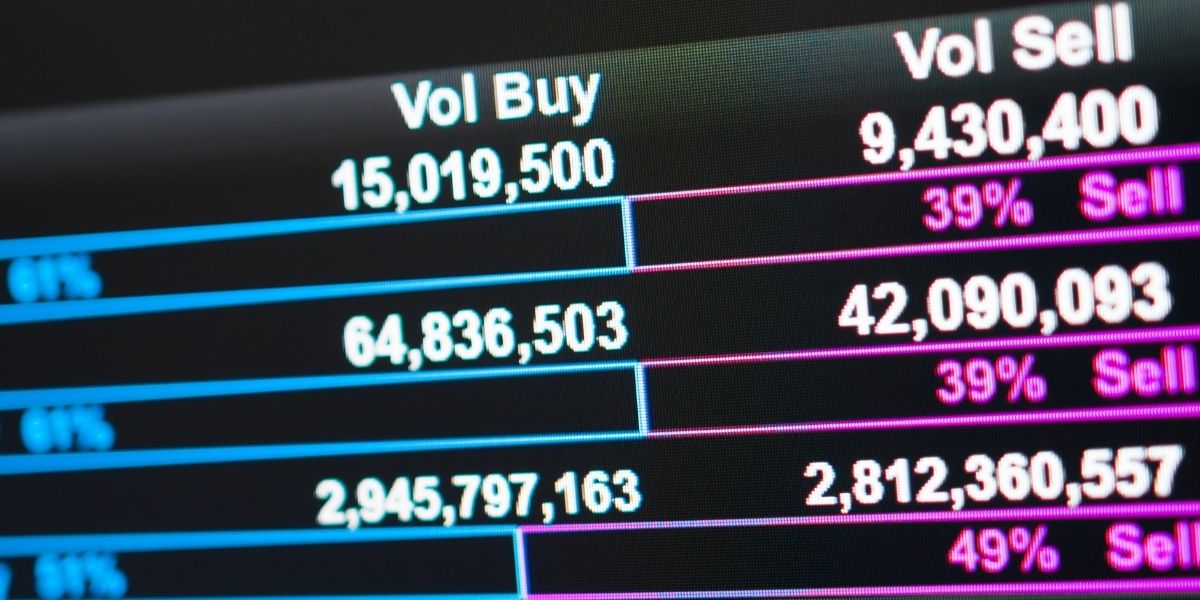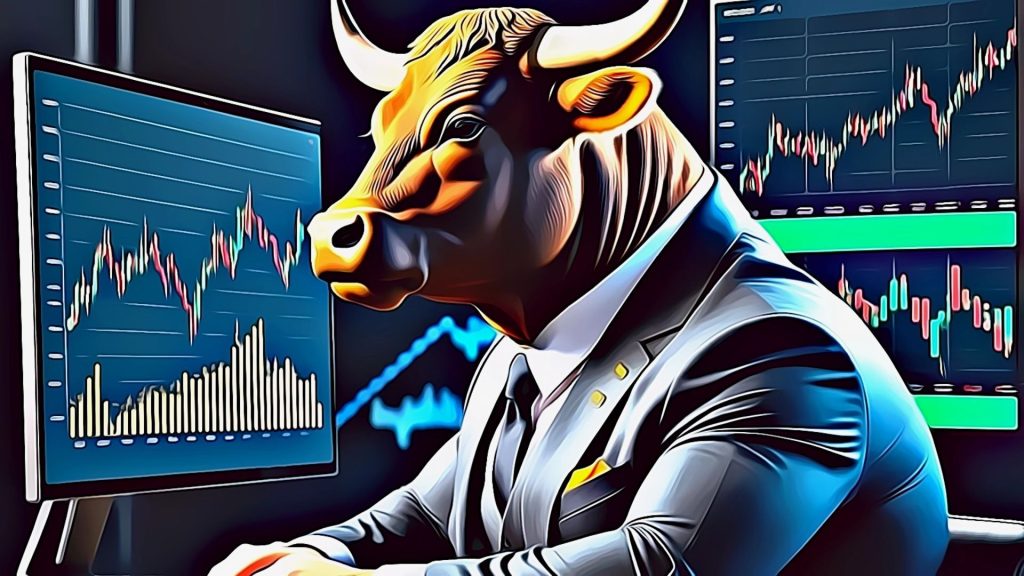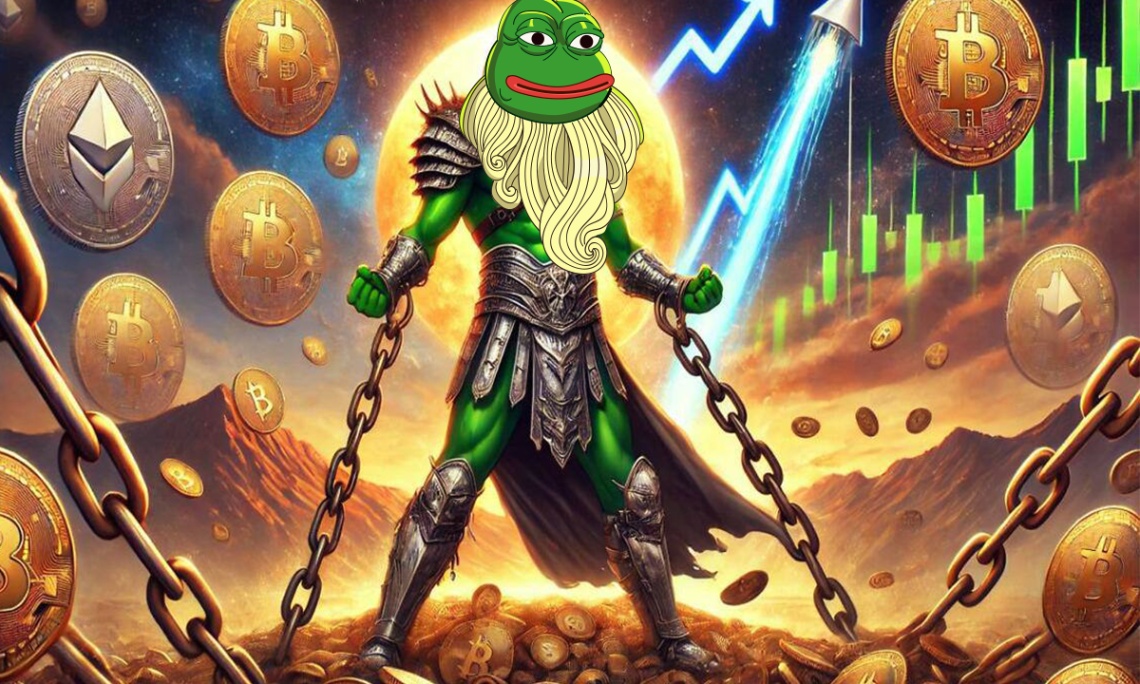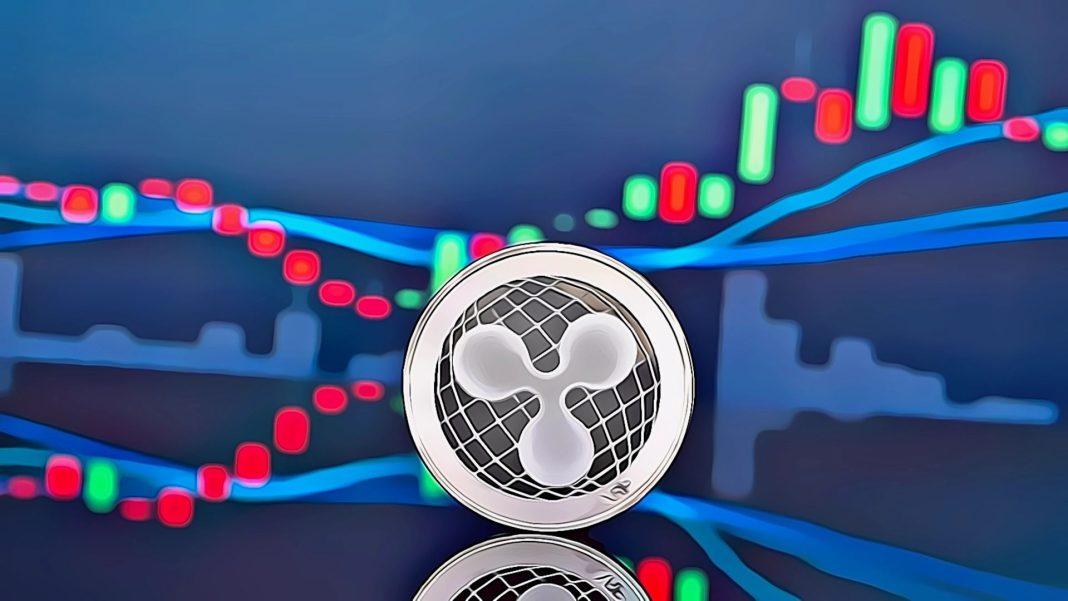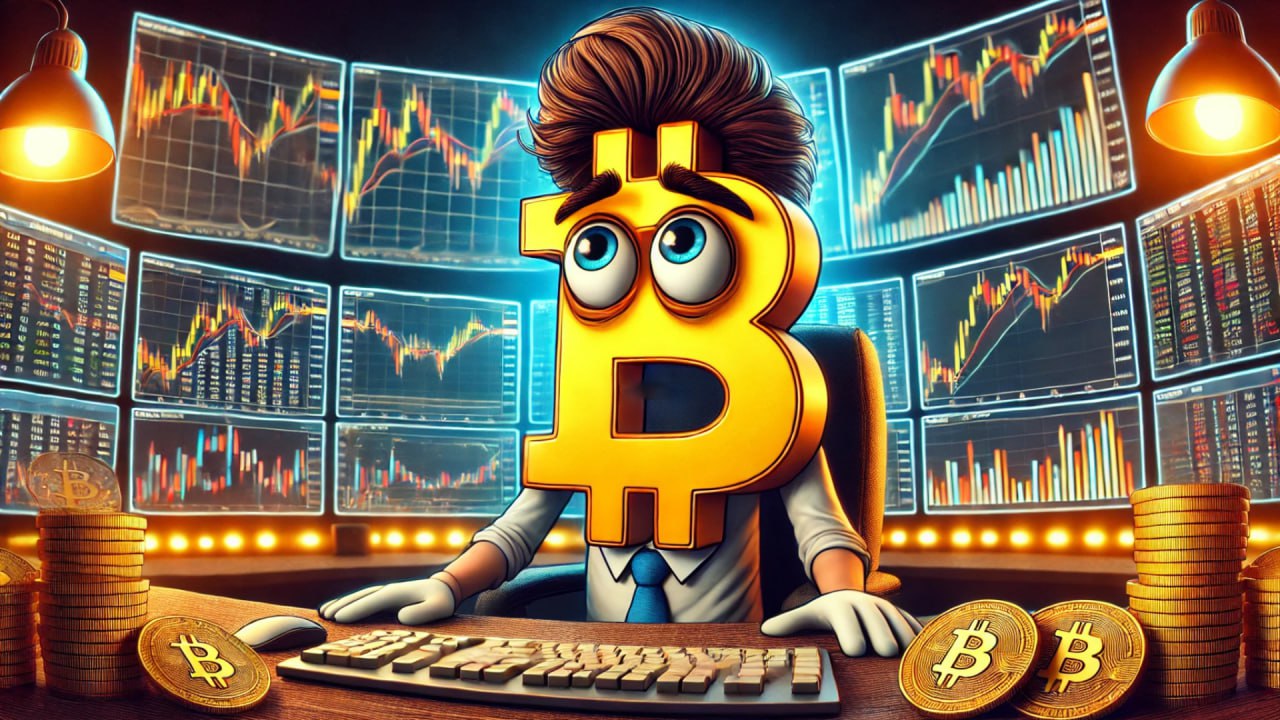
Bitcoin (BTC) rallied to push above the $100,000 mark briefly but lost momentum following a mixed jobs report that showed lower levels of unemployment yet slowed job growth in the US economy. As a result, the flagship cryptocurrency fell nearly 1% over the past 24 hours and trading around the $96,200 mark. Markets have remained mixed and the crypto market cap is down 0.55% and currently sits at $3.13 trillion. Robert Kiyosaki On Why He Bought More BTC Rich Dad Poor Dad author Robert Kiyosaki discussed why he purchased Bitcoin (BTC) , along with another safe-haven asset, Gold. According to Kiyosaki, holding these assets is much safer than saving up and holding fiat currencies, including the US Dollar. “WHY I bought more Gold and Bitcoin. Answer: Owning Gold and Bitcoin is smarter and safer than saving dollars.” Followers on X countered Kiyosaki’s arguments, pointing out that other assets like Litecoin (LTC) are also worthy investments. LTC has built up a reputation of being the silver to Bitcoin’s Gold. Another user stated that Bitcoin is denominated in US dollars, something that Kiyosaki despises. Kentucky Introduces Bitcoin Reserve Bill Kentucky has become the 16th US state to introduce a Bitcoin reserve bill. The bill proposes investing 10% of state funds in digital assets with a market cap of over $750 billion. The bill states the reserve will not be restricted to BTC . However, the flagship cryptocurrency is the only digital asset that matches the requirement. Prior to Kentucky, 15 US states had begun legislative efforts to incorporate BTC in their financial strategies, citing several benefits like economic diversification, inflation hedging, and technological innovation. Alabama proposed a Bitcoin reserve to attract crypto-focused businesses and mitigate economic uncertainties. Arizona, a long-time advocate of blockchain adoption, has advanced legislation to allocate public funds towards BTC , while Florida is exploring the feasibility of a Bitcoin reserve to diversify assets and attract investments. Massachusetts and Montana have also introduced plans to include Bitcoin in their public funds, while North Dakota, New Hampshire, and Ohio are advancing similar legislation. Jobs Data Adds To Market Uncertainty The latest US jobs report from the Department was a mixed bag, revealing the addition of 143,000 jobs in January. This figure fell well short of economists’ predictions of 170,000. The unemployment rate dropped from 4.1% to 4%, signaling a mixed economic picture. BTC and other risk assets tend to react to labor market data since it can influence the Federal Reserve’s decisions on interest rates. A slowdown could increase speculation about future rate cuts, benefiting BTC and other risk assets and making them more attractive than traditional financial instruments like bonds and savings accounts. Bitcoin (BTC) Price Analysis Bitcoin (BTC) briefly surpassed $100,000 after the US Bureau of Labor Statistics released the January 2025 employment data. However, BTC lost all of its gains, quickly tumbling to its current level of $96,000 and struggling to hold on to the level. The data showed strong wage growth last month, indicating consumers are likely to continue spending. The unemployment rate also dropped from 4.1% to 4%, indicating the Federal Reserve could pause interest rate cuts in the short term. A low unemployment rate means people will spend more, increasing prices. The Federal Reserve cut interest rates thrice in 2024 after raising them to two-decade highs in 2022 to tame inflation. The Fed’s decision to lower the cost of borrowing saw Bitcoin and other cryptocurrencies surge, leading to the flagship cryptocurrency surging past $100,000 and setting a new all-time high. BTC has experienced sluggishness and an increased level of volatility over the past week thanks to several economic and geopolitical developments. The flagship cryptocurrency has traded in the red since Friday as it struggles to move past $100,000, as demonstrated in its latest price action that saw the price briefly surpass $100,000 before dropping back. BTC encountered volatility on Friday as buyers and sellers struggled to establish control. Sellers ultimately gained the upper hand, and the price fell 1.85% to $102,616. Sellers retained control over the weekend, and BTC fell below the 20-day SMA, dropping to $101,041. Bearish sentiment intensified on Sunday as BTC plummeted below $100,000 and the 50-day SMA to $97,881. Source: TradingView Markets opened in the red on Monday, and BTC tanked to an intraday low of $91,274, slipping below key support levels. It recovered from this level, rebounding to reclaim $100,000 and settle at $101,579. However, its rally was short-lived as it fell 3.54% on Tuesday, slipping below $100,000 and the 50-day SMA to $97,969. Sellers retained control on Wednesday and BTC fell 1.34% to 96,668. Buyers attempted a recovery on Thursday as BTC reached an intraday high of $99,247. However, it lost momentum after reaching this level and dropped to $96,641. Friday saw BTC briefly cross $100,000, reaching an intraday high of $100,216 following the release of US jobs data. However, it quickly retreated from this level and dropped to $96,634. The current session sees BTC marginally down as it struggles to stay above $96,000. BTC has traded between $92,000 and $106,000 since the end of December, with neither the bulls nor the bears able to make a decisive move. However, BTC has shown resilience in the face of several macroeconomic challenges. It was mostly unfazed by the stock market turmoil triggered by DeepSeek, the Chinese AI model. It was also relatively unscathed by renewed trade tensions between the US and China. Buyers must prevent a move below $96,000 and reclaim $100,000 for the current bearish sentiment to change. Disclaimer: This article is provided for informational purposes only. It is not offered or intended to be used as legal, tax, investment, financial, or other advice.
Bitzo
You can visit the page to read the article.
Source: Bitzo
Disclaimer: The opinion expressed here is not investment advice – it is provided for informational purposes only. It does not necessarily reflect the opinion of BitMaden. Every investment and all trading involves risk, so you should always perform your own research prior to making decisions. We do not recommend investing money you cannot afford to lose.
Cryptocurrency Listing: How Tokens Get on Exchanges and How It Affects Their Price

The team of each crypto project seeks to organize trading of its token on the exchange, as this not only opens up new opportunities for the development of the project, but also significantly affects the liquidity and value of tokens. Why Listing is Necessary In general, cryptocurrency listings on exchanges serve the same purposes as securities listings. The procedure makes coins available for purchase by a wide range of individuals and opens up opportunities for investors to profit from changes in the exchange rate. Project teams, in turn, gain the opportunity to attract additional liquidity. As with IPOs for stocks, many projects go through a long journey from the idea of listing to its practical implementation, and in some cases, this requires significant time and material costs. Nevertheless, in the decentralized world of cryptocurrencies, the complexity of this process depends heavily on the jurisdiction of the crypto exchange and the token issuer, as well as whether the token is intended to circulate exclusively within the legal framework or whether the focus is on mass appeal and accessibility. Any quality project whose token has a clear tokenomics structure and whose listing goals are specifically related to project development aims to list on major centralized exchanges. The exchanges, in turn, try to scrutinize the project before allowing the token to trade. Why Crypto Projects Seek to Launch Coin Trading Listing a token on an exchange significantly increases its liquidity. After a successful addition of the token, users can freely buy and sell it, which creates an active market. This also increases the project`s recognition among investors. Centralized exchanges, such as Binance or Coinbase, offer a high level of liquidity due to the large number of users, while decentralized exchanges, such as Uniswap or PancakeSwap, allow users to directly exchange tokens without intermediaries, which also contributes to liquidity but, as mentioned earlier, may be associated with risks such as low liquidity or errors in smart contracts. As an example of the impact of listing on the price of a crypto asset, we can recall the PEPE and TRUMP tokens. The PEPE token appeared on Coinbase on November 13, 2024, and amid the listing, the price of the coin soared by 75%, reaching a level of $0.000022. https://coinpaper.com/7131/what-you-need-to-know-about-trump-and-melania-the-cryptocurrency-of-trump-s-family Within 24 hours after trading began on the exchange, the token grew by 40% and by 96% in a week. Approximately the same story happened with TRUMP. After listing, the value of the token can change under the influence of various factors, which primarily include the community`s interest in the coin or its project. Increased interest from traders can lead to a price increase immediately after listing, and a high trading volume usually indicates sustained interest in the token, which can support or increase its price. The news surrounding the project and the coin is equally important. In general, it`s all like classic exchange-traded assets, but without the strict filters that are set on securities exchanges, which creates higher volatility and risk of loss of funds for the investor. Rules and Procedures It should be noted that, unlike the securities market, not all jurisdictions regulate the listing of tokens, so exchanges rely on their own criteria. In regulated jurisdictions, token listing is carried out according to a clearly established procedure. For example, requirements for the listing of cryptocurrencies and their issuers are established in Belarus, Kazakhstan, the EU, the UAE, and some other countries where cryptocurrencies are strictly regulated. In such jurisdictions, the exchange should only allow tokens to be traded that meet strict criteria for liquidity, prevalence in the world, and technological sophistication. For example, the issuance and listing of anonymous cryptocurrencies are prohibited in almost all jurisdictions where cryptocurrencies are regulated. In the EU and the US, it is very important what the token itself is and to which category of crypto assets it belongs. Different requirements apply to the issuer depending on this. For example, in the EU, since the end of 2024, there has been talk about delisting USDT from exchanges due to its non-compliance with the Union`s requirements for stablecoins. In general, to list a token on an exchange, the team needs to go through several steps, which include: Assessment of possible crypto exchanges and regulations in the jurisdiction where the exchange operates. Even global exchanges, whose head offices are located somewhere on tropical islands, are forced to comply with the regulatory requirements of the jurisdiction of their clients. As a result, this is expressed in the fact that one token is available to a client from one country, and not available to a client from another country. Preparation of documentation - it is necessary to prepare a high-quality Whitepaper and comply with regulatory requirements for the token. Submitting an application to the exchange and passing its assessment. The exchange checks not only the token itself, but also its issuer and its team. The process can take several months. Roadshow - preparing the audience for listing. It is necessary that everyone knows that the listing will take place, and the interest in the token was high at the start of trading. Launch of trading. As already mentioned, there are exceptions. Moreover, quite often. Due to the decentralized nature of cryptocurrencies, many exchanges list this or that token themselves to attract customers. This often happens with meme coins or other tokens that have grown on a wave of hype, such as AI tokens. Also, each user can list any token on a decentralized exchange, there are no requirements there and everything is decided by supply and demand. Therefore, there have been cases when even scam tokens or fake tokens appeared on DEX. In this regard, the decentralized nature of cryptocurrencies does not have a positive effect on the security of trading. Bitzo

Kraken’s Silence on Satoshi Nakamoto Sparks Speculation Amidst Bitcoin’s Market Fluctuations
This week has been pivotal for Bitcoin, with significant price fluctuations influenced by global economic factors and intriguing developments in the crypto space. The $100,000 mark for Bitcoin sparked renewed Bitzo

